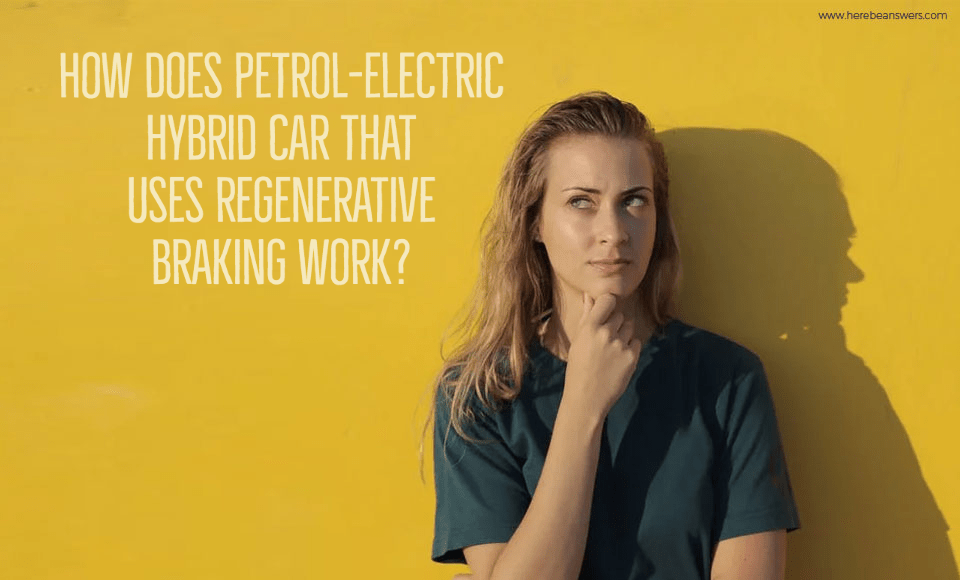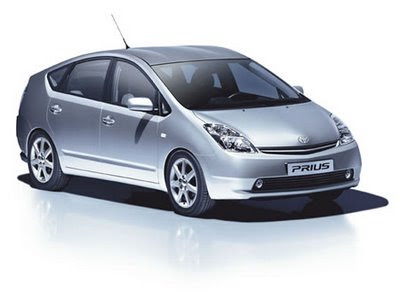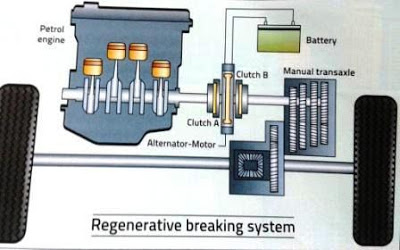The hybrid car has a conventional internal combustion engine and also an electric motor that provides secondary propulsion. The motor can switch its roles to be employed as a generator for recharging batteries carried on board. In city driving, when clutch A (see diagram below) engages wheels, the petrol engine is automatically shut down, and electric power takes over, enabling the car to cruise at speeds up to 30 kilometers per hour. For acceleration and highway cruising, the petrol engine gets restarted, and clutch B connects it with wheels.
Electricity powered driving is ideal for the slow and bumpy city drive where the car must stop time and again. When higher speeds are required, the fuel engine can provide the acceleration. This makes the hybrid cars perfect for energy conservation and also a light on the pocket.
A question might arise in your mind that what charges the battery? The answer: Internal combustion engine. The gasoline-powered engine remains the primary source of energy for the car, as the battery is essentially powered by the gasoline engine. The process of recharging the battery is called regenerative braking.
What is Regenerative Braking? And How Does It Work?
Most hybrid cars, including Toyota Prius, also use regenerative braking to top up the battery charge. In this system, when the driver brakes, the motor links up with wheels and becomes a generator. This causes the kinetic energy of the wheels to be transferred to batteries via generator and helps the car to slow down. This in-car recharging eliminates the need for external recharging stations. Interestingly, in city driving, such hybrid car gives better mileage than on a highway. This is because, in stop-and-go traffic, the car’s regenerative braking recovers much of the spent energy. On average, a hybrid car is at least 60% more efficient in terms of fuel consumption than a standard model of similar size and weight.
Hybrid cars or HEVs can be of two basic types. A parallel hybrid means that both engines are connected to wheels mechanically, and it lets both kinds of power drive the vehicle, and stop when required. Series hybrid cars may use the fuel engine to generate power for the electric motor, or they may come in with plug-in charging of the batteries.
In both cases, the cars produce a significantly lower amount of pollutants than an ordinary gasoline engine. A disadvantage that becomes obvious is the weight these cars have to carry in the form of engine, battery, and electric motor. The cars carry an additional weight that is not required in ordinary gasoline-powered vehicles. Therefore, that remains a mild discomfort against its several advantages, including saved energy and cost, eco-friendliness, etc.
Related posts:
- Why do Formula One racing cars make so much noise?
- How much CO2 does a passenger car emit per kilometer traveled?
- What happens if a car having petrol engine is refueled with diesel?


